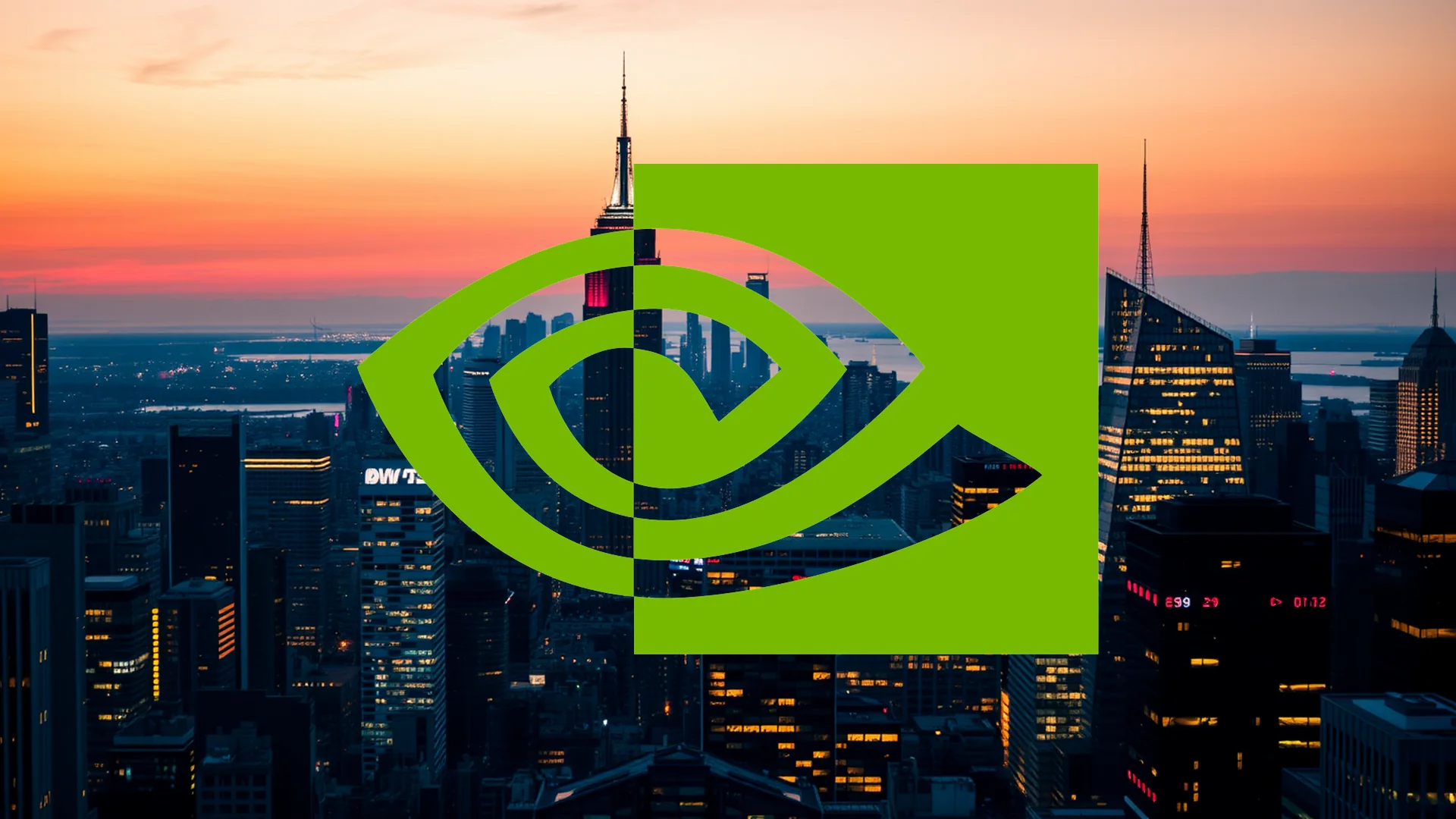Chinese electric vehicle manufacturer Nio is confronting significant market pressure after Citigroup revised its outlook on the company. The financial institution reduced its price target for the Tesla competitor, citing a “bleak sales outlook” as the primary reason. This development occurs amidst aggressive expansion by rivals BYD and XPeng, raising fundamental questions about Nio’s operational performance. Can the company orchestrate a meaningful recovery, or is a more severe downturn imminent?
Disappointing Guidance and Institutional Concerns
The timing of Citigroup’s assessment appears particularly unfavorable. Nio management recently downwardly revised its fourth-quarter delivery forecast, now anticipating between 120,000 and 125,000 vehicle deliveries. This figure falls approximately 20% short of the market’s initial expectation of 150,000 units, creating a substantial expectations gap that has triggered widespread investor skepticism.
Compounding these issues, institutional investors are reportedly reevaluating their stakes. Concerns are mounting that Nio may struggle to sustain the aggressive growth narrative that characterized previous years, especially as government subsidies phase out and competitive dynamics intensify within the Chinese EV sector.
Structural Challenges Revealed in Quarterly Earnings
Nio’s most recent quarterly financial results provide further cause for concern. During the third quarter of 2025, the company reported revenue of 21.79 billion yuan, missing analyst projections of 22.29 billion yuan. Although Nio managed to narrow its net loss from 5.1 billion to 3.7 billion yuan, the revenue shortfall raises important questions about underlying demand strength.
Should investors sell immediately? Or is it worth buying Nio?
A particularly notable discrepancy emerged between delivery figures and revenue performance. While vehicle deliveries surged over 40% to 87,071 units, revenue failed to keep pace with this growth. This pattern suggests Nio may have implemented significant price adjustments to maintain volume—a potentially risky strategy that places pressure on profit margins. The combination of more affordable models and heightened competition appears to be exerting downward pressure on average selling prices.
2026 Emerges as Critical Transition Period
Looking ahead to the coming year, the operating environment shows little sign of improvement. Market analysts are cautioning about a potential sector-wide slowdown in electric vehicle demand. The reduction of government incentives, coupled with an expanding model lineup from established manufacturers, creates substantial challenges for specialized EV makers like Nio.
While Morgan Stanley maintains an “overweight” rating with a $9 price target, pointing to planned expansion initiatives for 2026, other financial institutions express more cautious views. Both Macquarie and Bank of America have reduced their price targets, highlighting particular risks associated with Nio’s mass-market Onvo brand, which could diminish in attractiveness without subsidy support.
The central question remains whether Nio can stabilize consumer demand without further compromising margins. The company’s performance over subsequent quarters will determine if it can successfully navigate these challenges or if Citigroup’s warning represents merely the beginning of a more prolonged downward trajectory.
Ad
Nio Stock: Buy or Sell?! New Nio Analysis from November 28 delivers the answer:
The latest Nio figures speak for themselves: Urgent action needed for Nio investors. Is it worth buying or should you sell? Find out what to do now in the current free analysis from November 28.
Nio: Buy or sell? Read more here...









